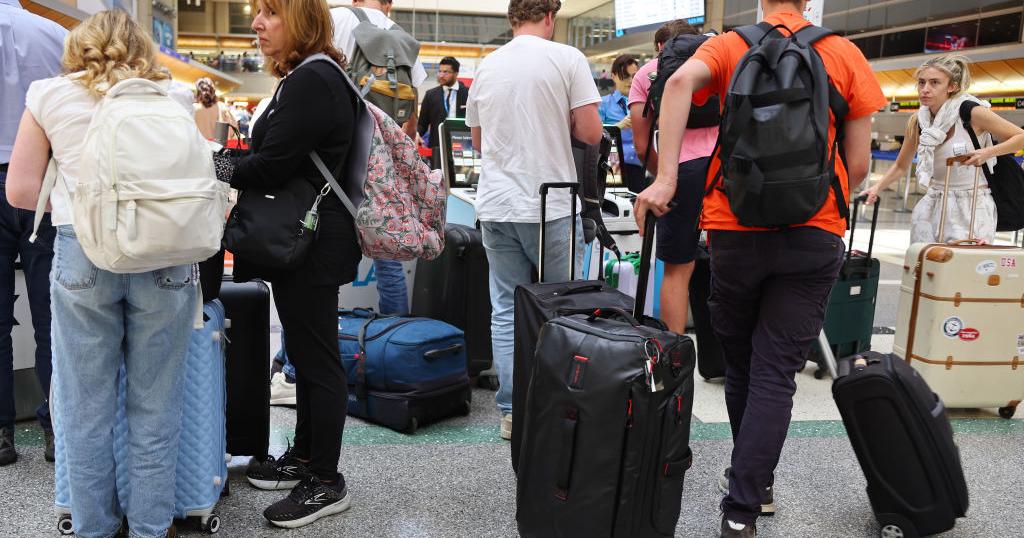Copyright berkshireeagle

It wasn't supposed to happen this way. Historically, November and December have been considered the best months of the year for stocks. The problem is that history has been turned upside down this year. Take the fact that the U.S. Supreme Court is hearing a case on tariffs that have not been this high for 100 years. And then there are the lofty valuations of companies that are investing trillions of dollars in artificial intelligence. Many investors believe AI will usher in a new age for the world. And in case that doesn't convince you, the sudden weakening in private jobs for October was the lowest in years. That may not qualify as history, but the present administration's immigration policy and its impact on employment certainly do. Now, some might argue that a decline would be beneficial for markets, as this melt-up in the averages has persisted for weeks. It has been so long since we have had more than a one- or two-day decline that most investors are conditioned to buy any dip, no matter how shallow. But why now, you might ask. Perhaps because markets didn't decline as expected in September and October. Then there is the "what if" scenario surrounding one of the linchpins of President Donald Trump's economic policy. "What if" the court rules against him? "What if" the government is forced to refund billions of dollars in collected tariffs? And if so, what will happen to the deficit that has been declining? If you believe the president, who claims an adverse ruling on his tariffs could "literally destroy the United States," then you are most likely one of those who sold stocks this week. Thanks to the continued government shutdown, which has now become the longest in history, the dearth of government data has forced markets to focus instead on private sector research data. One such data point released this week was from global outplacement firm Challenger, Gray & Christmas. It showed that last month was the worst October for layoffs announcements since 2003. In the absence of the nonfarm payroll data, which was scheduled to be released on Friday but wasn't, investors took the weak employment numbers at face value. Investors worry that, given the weakness was among existing job holders, rather than the absence of immigrants (legal or otherwise) seeking jobs, economic growth overall may be slowing. But another service, ADP Private Payrolls, said that the number of jobs added grew by 42,000 last month. The jobs were gained in the old economy, specifically in trade, transportation and utilities. Great news for some, but none of those jobs came from AI-related industries. Why is this important? Trillions of dollars are being invested in AI each year, including this year, last year and the year before. This is the area that the market agrees will become a primary driver of economic growth in the future, starting now. Instead, information services and professional and business services lost jobs in an industry that should be hiring like crazy in these early stages of build-out. More than 85 percent of companies that have reported quarterly results have beaten estimates; however, there is a catch. I had thought that these stellar earnings results would support markets. They have to some extent, but something is changing. Many of the AI names have declined after their earnings results were released. That is a new behavior. In the past, traders have been buying AI stocks regardless of the company's earnings, whether good, bad or indifferent. Investors are now questioning the sustainability of the AI boom and the ability of companies to justify their high valuations based on profit growth. I half suspect that consumer holiday spending was front-loaded this year to avoid tariff-induced price hikes. If so, flat spending may not be taken kindly after years of increased end-of-year sales. Combine that with the AI valuation fears, tariff court case, and the government shutdown, and this wall of worry has grown too high for the average investor. And even though the government shutdown continues, I maintain that it will be resolved sometime this month. Due to the increasing air travel fubar brought on by the shutdown, starting today, the Federal Aviation Administration will cut 10 percent of flights at the 40 biggest airports as it prepares for a worst-case scenario of delays and canceled flights. Until now, most Americans have not been unduly affected by the shutdown. As Thanksgiving approaches, the holiday flight schedules will become far more critical to the nation. I expect irate calls to congressional representative offices are climbing by the minute. Marketwise, this pullback is a good thing. I have written several times in the last month that we needed a break from the relentless climb that has created an extremely worrisome condition in the markets. Hopefully, we will see a 5 to 6 percent decline in the averages, which will prepare us for a year-end rally.



